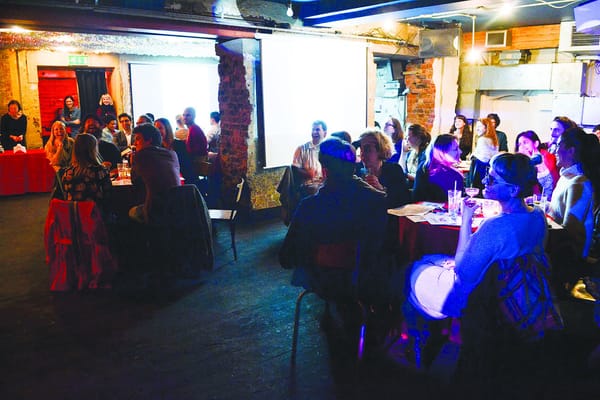Scientists who made bank
In honour of Mary Somerville appearing on the new RBS £10 note, FELIX explores which other scientists have previously been represented, and asks who’s next?

RBS last week announced the results from a Facebook poll (welcome to the future folks) whereby the mathematician and astronomer, Mary Somerville, was chosen by the people of Scotland to be the face of the £10 note for the foreseeable future. And yes, since Scottish money is legal tender in England, that means a new face will be on the funny looking notes that momentarily confuse you every now and then at the ATM. Personally I think it’s a solid choice considering that by all accounts, Mary Somerville was a textbook scientific badass. Despite showing great intelligence from a young age, Somerville’s education was largely informal and partially self-taught due to the social conventions restricting her from higher education. The restrictions placed upon her only worsened after the death of her 10 year-old sister, which her parents blamed on Mary’s determination to be educated. Regardless of these hurdles Somerville became a respected name in the scientific community as an adult, her translations and original works about astronomy becoming widely popular. She became the first female member of the Royal Astronomical Society and her work was instrumental in predicting the presence of the 9th planet, Neptune in our solar system. On top of all that, Somerville continued to fulfil the expectations of a well-connected socialite, supported women’s suffrage and was one of the most influential science writers of her time.
Mary Somerville may be the first female scientist to appear on a Scottish banknote, but when it comes to representation, scientists do quite well for themselves. To name just a few…
Charles Darwin
Ok we’re starting off with the easy one; Darwin is the only scientist to be featured on a note currently in circulation, as well as being the most famous biologist of all time. However, none of this could have been predicted when he initially boarded The Beagle. Darwin had not completed his studies and therefore was taken on as a self-funded secondary naturalist for the journey, with the ship’s doctor holding the role official. Even his father considered the trip a waste of time. Darwin and his majestic beard are gracing our tenners aat the moment and have been there since the turn of the millennium. However, the prolific regency author Jane Austen is scheduled to replace Darwin and his Finches in 2017
Isaac Newton
Physicist, mathematician and noted apple tree enthusiast, Newton, whose work in the 17th century wrote the rules of physics, classical mechanics, and a bunch of other stuff I don’t understand. His seemingly endless list of achievements include, formulating the laws of motion, building the first reflecting telescope, creating the theory of gravity, and correctly predicting that the earth was an obligate spheroid. A lesser known role is the fact that Newton served as warden of the Royal Mint, or “Master of the Mint” for 30 years. It’s quite fitting then that Newton’s face was stamped on all one pound notes from 1978 until 1988, when the switch to coins sadly took him and his fancy telescope out of circulation forever.
Florence Nightingale
I’m counting the lady of the lamp on this list because her revolution of nursing was down to applying simple scientific principle to medical practices. In addition , Nightingale was a talented statistician and the first female inducted into the Royal Statistical Society. One of the hallmarks of Nightingale’s career were sanitary reforms, after demonstrating with stats that a lack of sanitation was directly linked to mortality rates in rural India. Based on her findings, she continued to lobby for social reforms to improve hygiene in Britain and abroad. Nightingale later set up a Nursing School and wrote multiple books on her methods of care, some of which are still used today. Much like Mary Somerville, Nightingale also found time to be a pioneering feminist, writing a series of essays on female independence. Literature critic Elaine Showalter dubbed the most famous of these essays “Cassandra”, a “major text of English feminism”. Florence Nightingale was on the £10 note for 19 years before being replaced by Charles Dickens.
As for future nominees for the honour of being on the other side of the Queen’s face, my personal picks are…
Ada Lovelace
Why? Easy. Lovelace was a charismatic mathematician and widely considered to be the first computer programmer, writing the first algorithm designed to be performed by a machine. Additionally, Lovelace was close friends with and was tutored by Somerville. These women both being on currency money together would be a triumph for the scientific sisterhood.
J.J. Thompson
Why? Aside from having a cool name and excellent facial hair, Thompson was a as a genius physicist who won a Nobel prize for discovering the electron in 1906. He was also a gifted teacher, inspiring many famous pupils including Ernest Rutherford and Niels Bohr who would go on to make major discoveries in physics as well.









